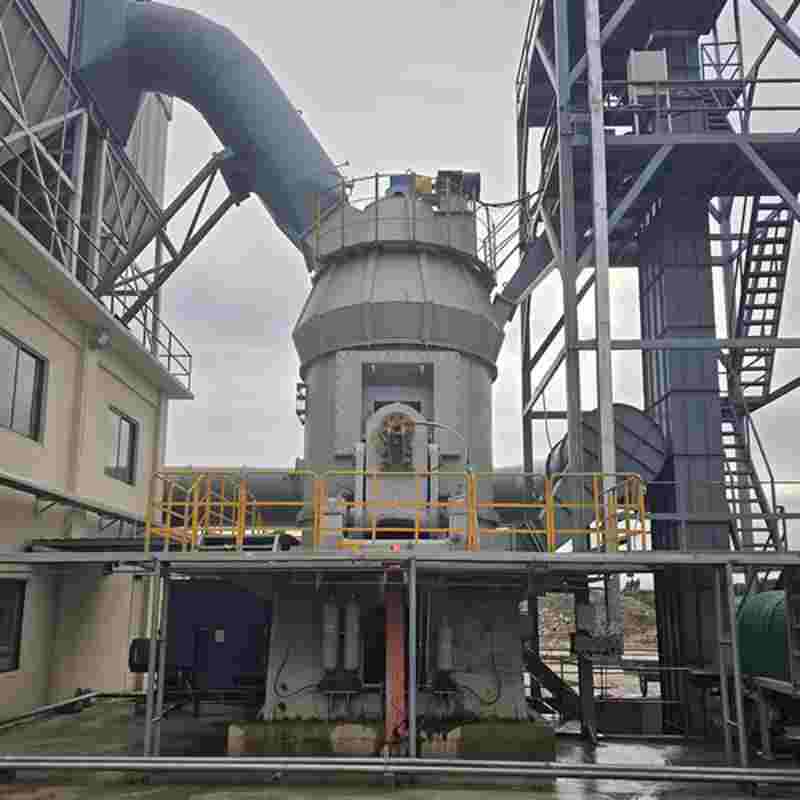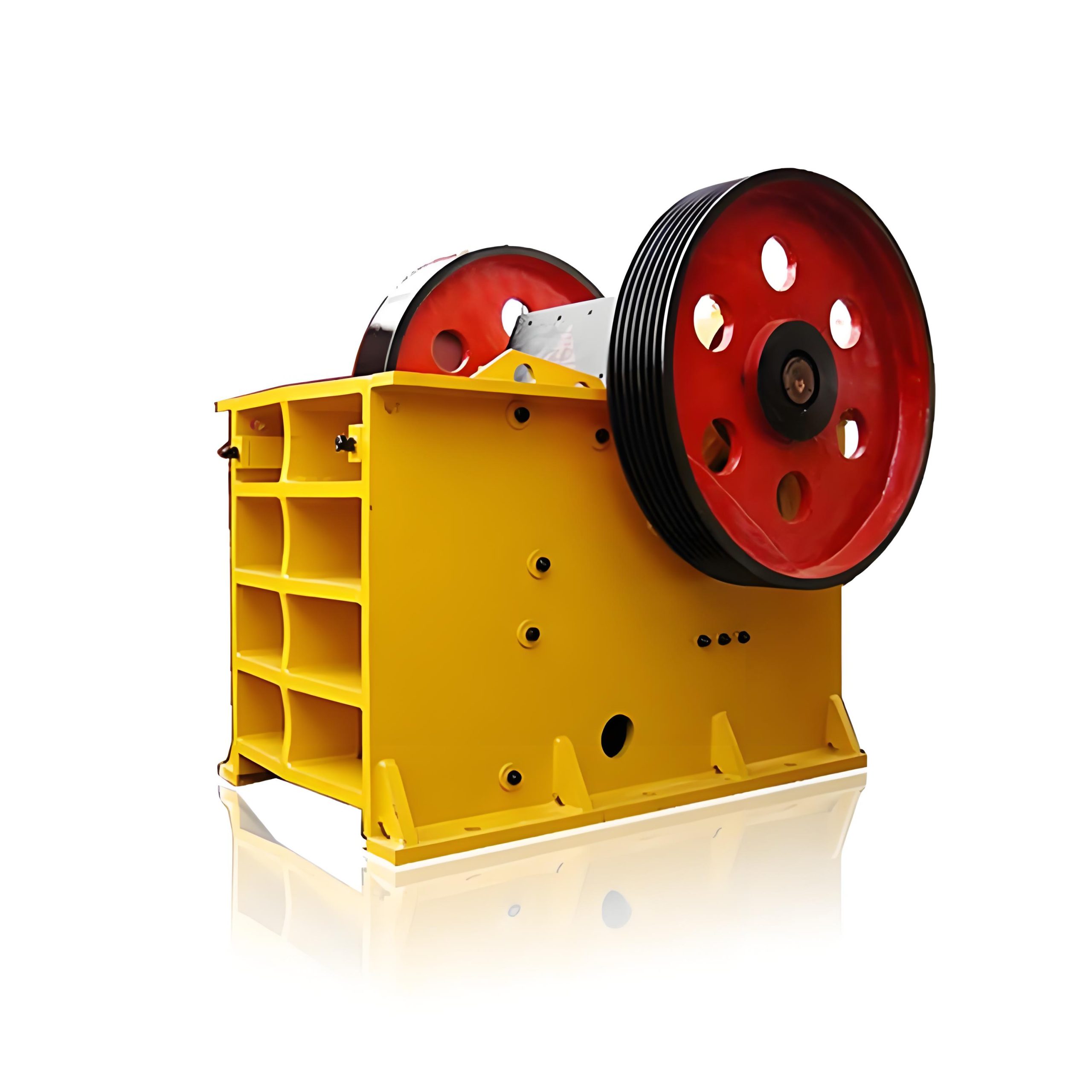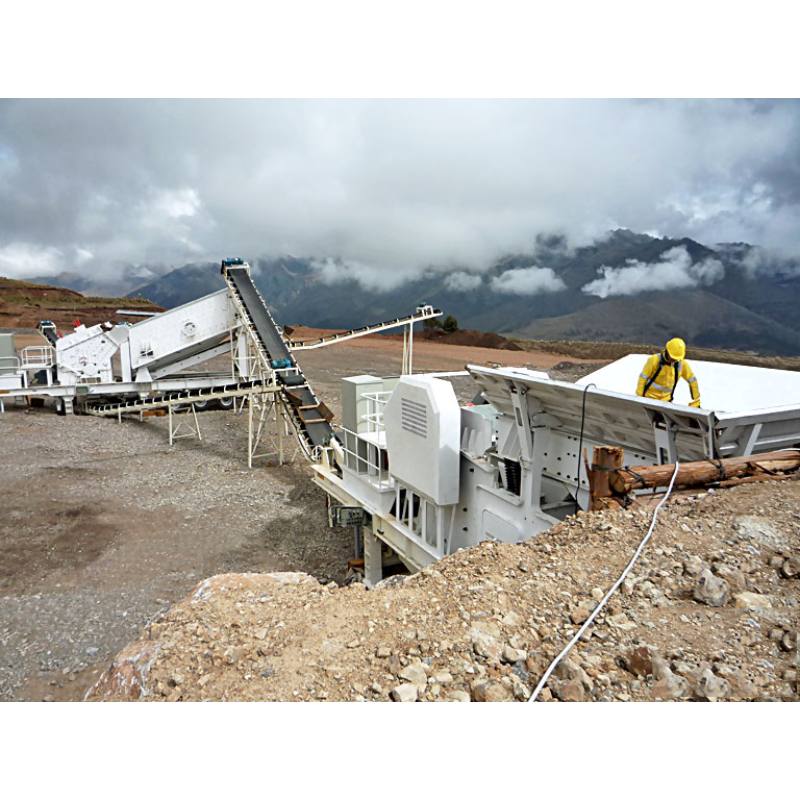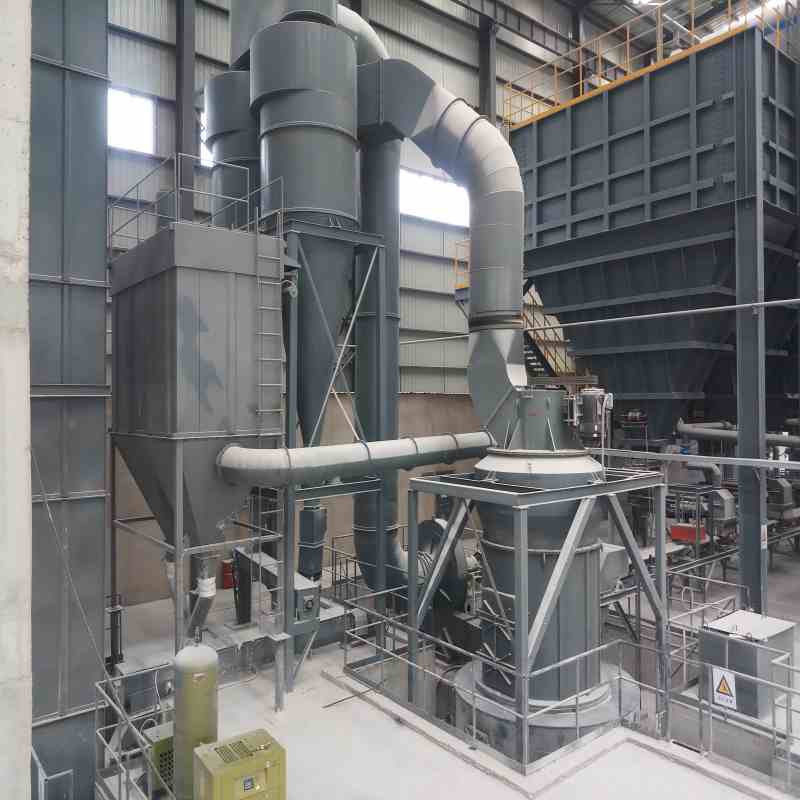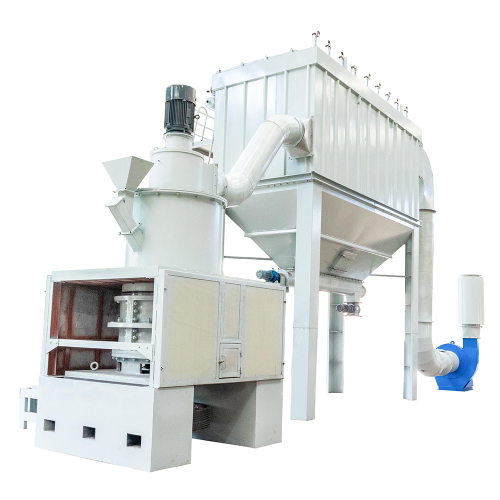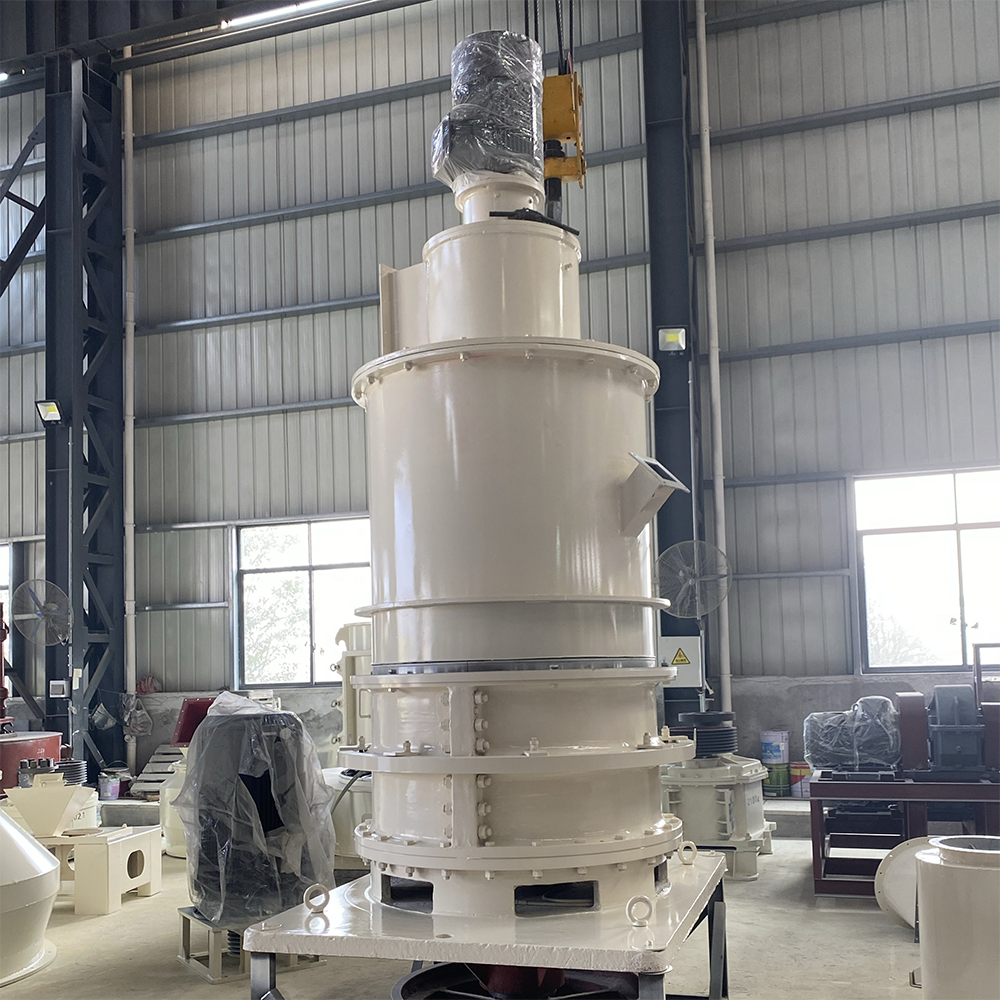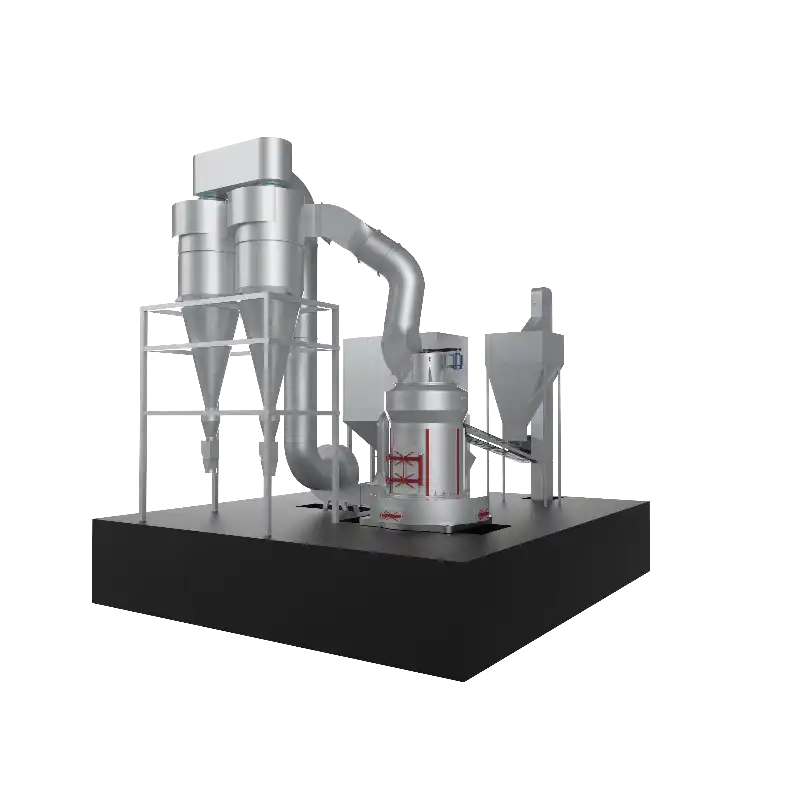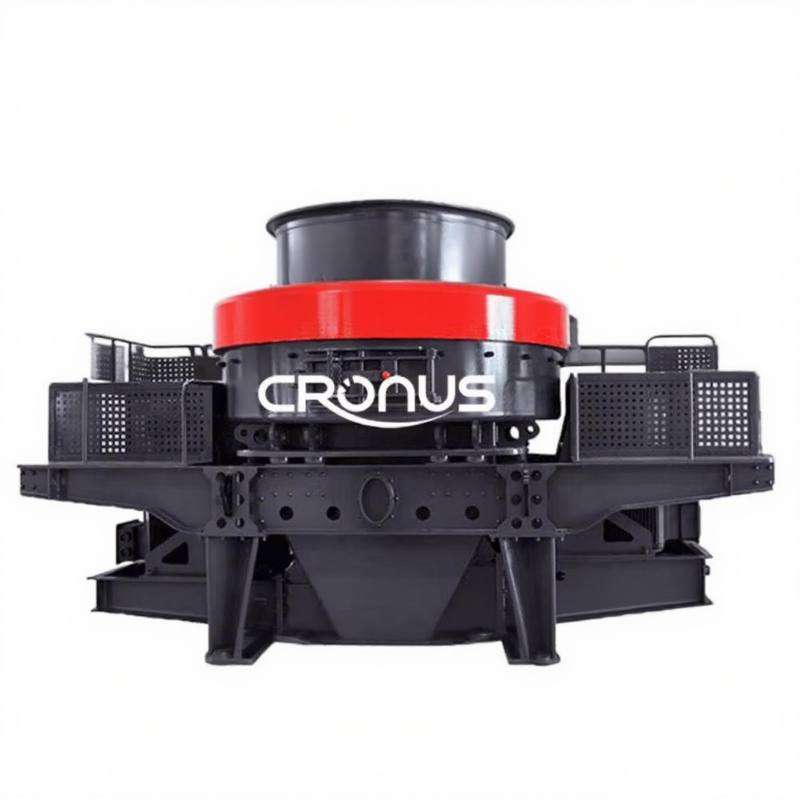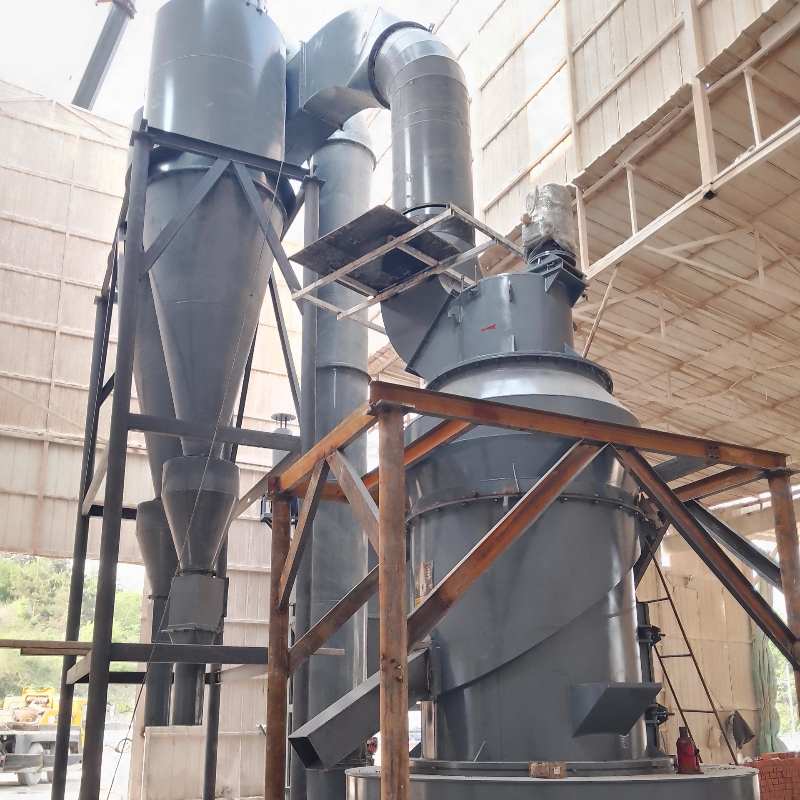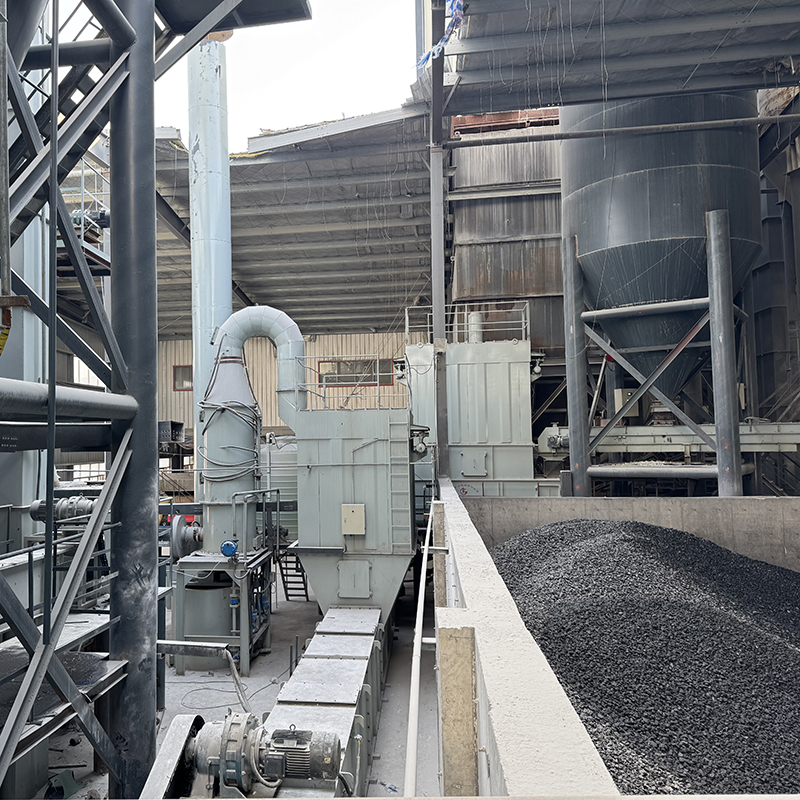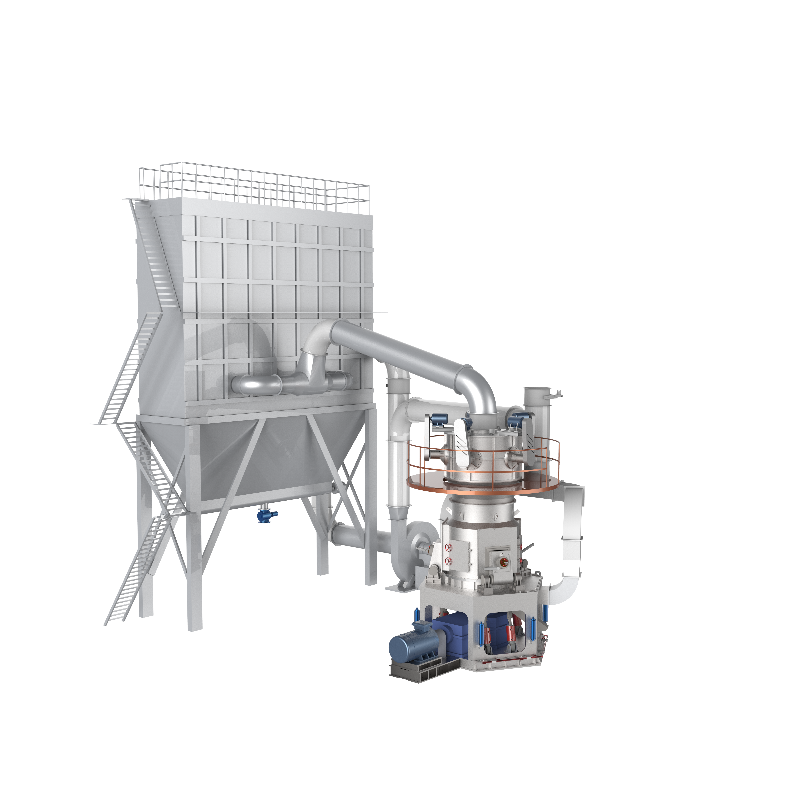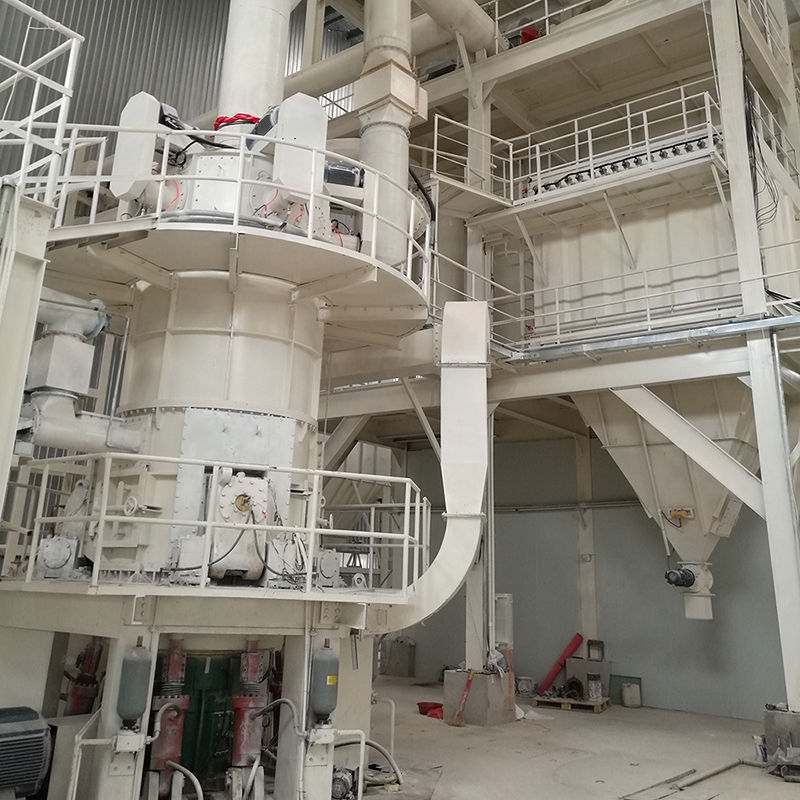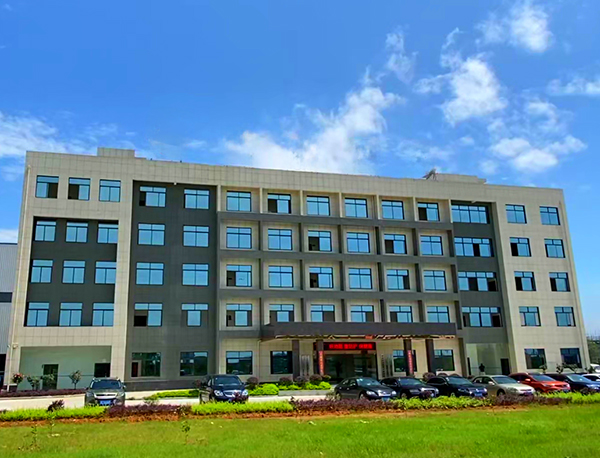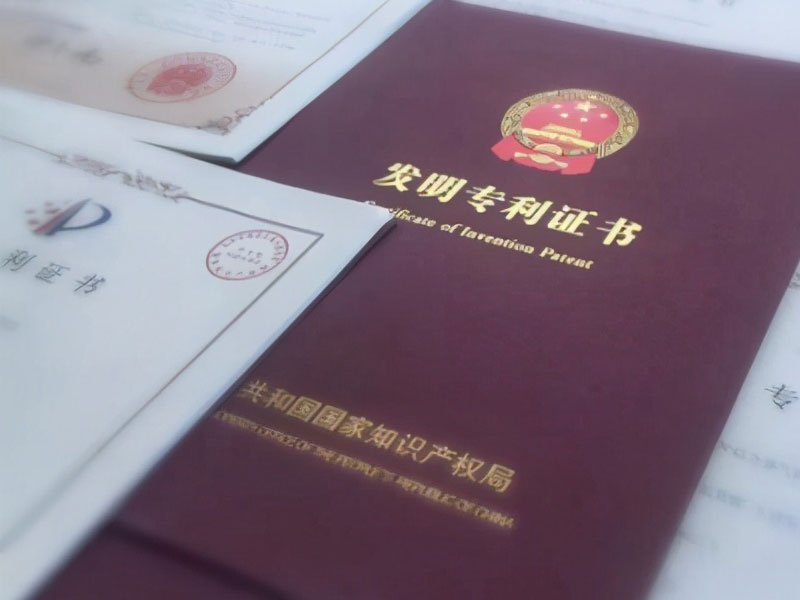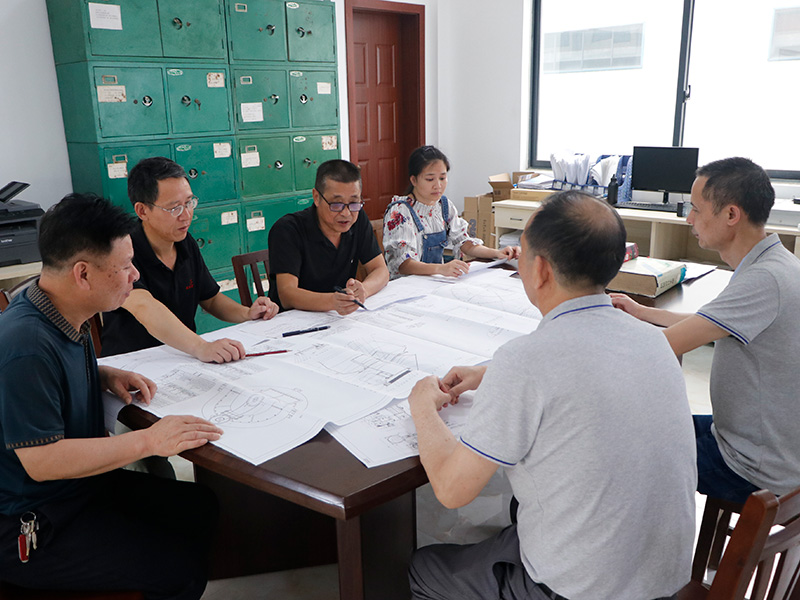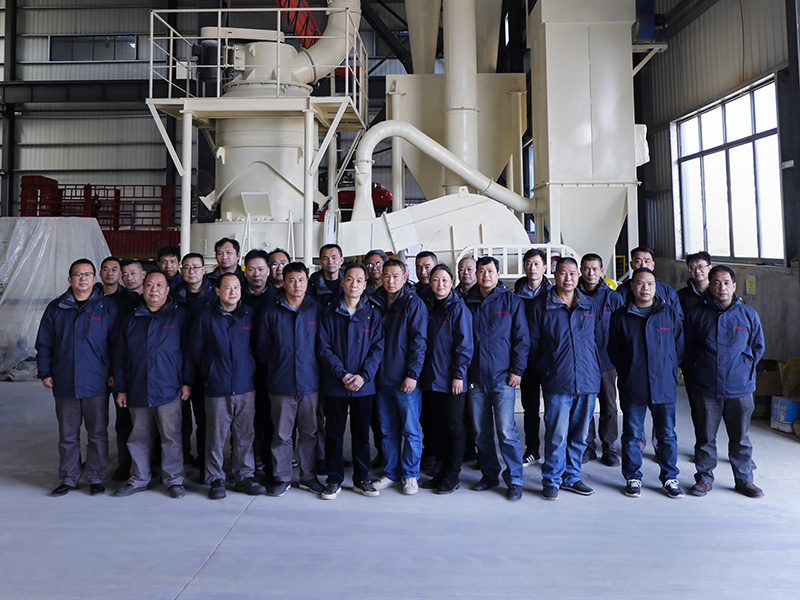In nickel ore processing, nickel sulfide ores—especially copper-nickel sulfide ores—have long been a key focus for the industry, all thanks to the high value and good selectivity of their associated metals. When it comes to processing copper-nickel sulfide ores, the crushing stage is what sets the foundation for later steps like grinding and flotation. How well this stage works doesn’t just decide if the ore gets crushed to the right particle size; it also impacts how efficient the next processes are, and in the end, even affects how much metal we can recover.
The jaw crusher and cone crusher are the core parts of this stage, and together they’re pretty much the “go-to pair” for two-stage closed-circuit crushing setups. This article breaks down how each of these crushers works, what makes them stand out when processing copper-nickel sulfide ores, and the main things to keep in mind when integrating them into the overall process.
Why choose the combination of "jaw crusher + cone crusher"?
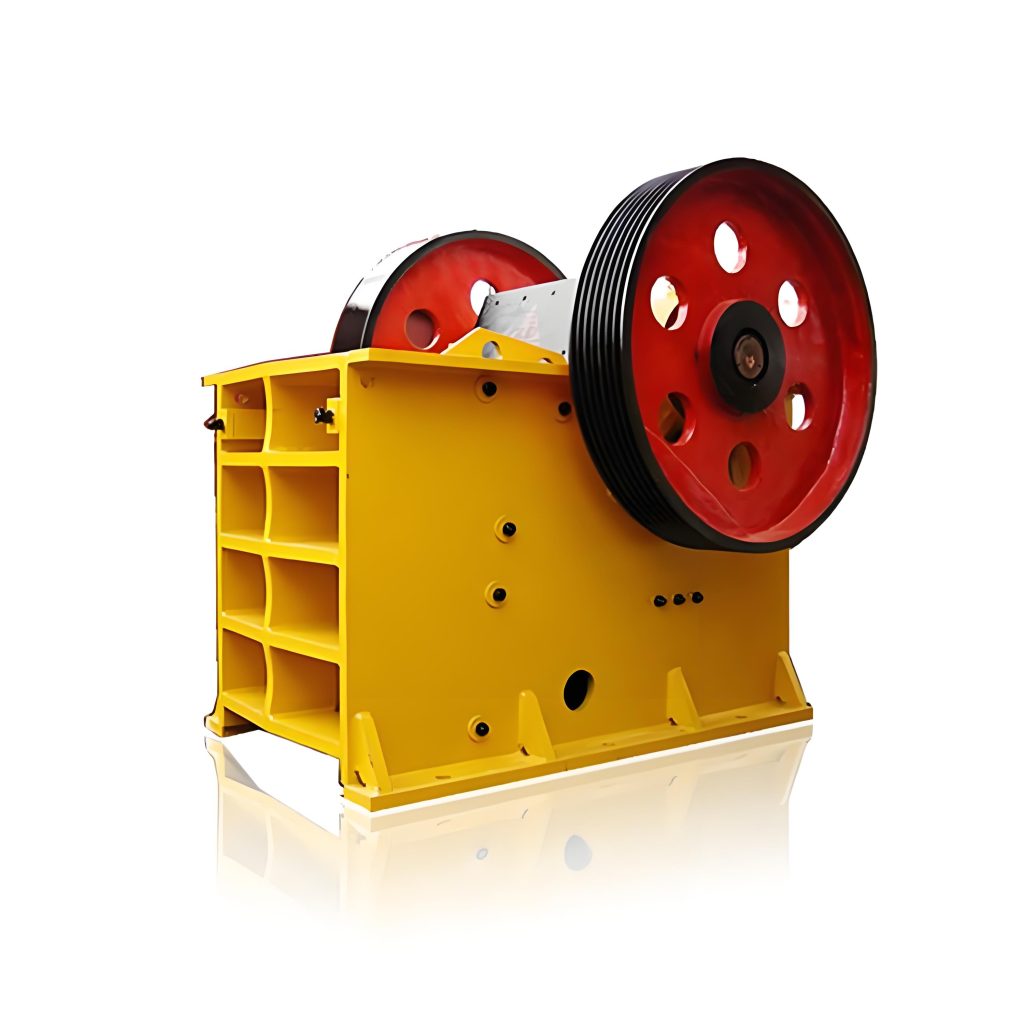
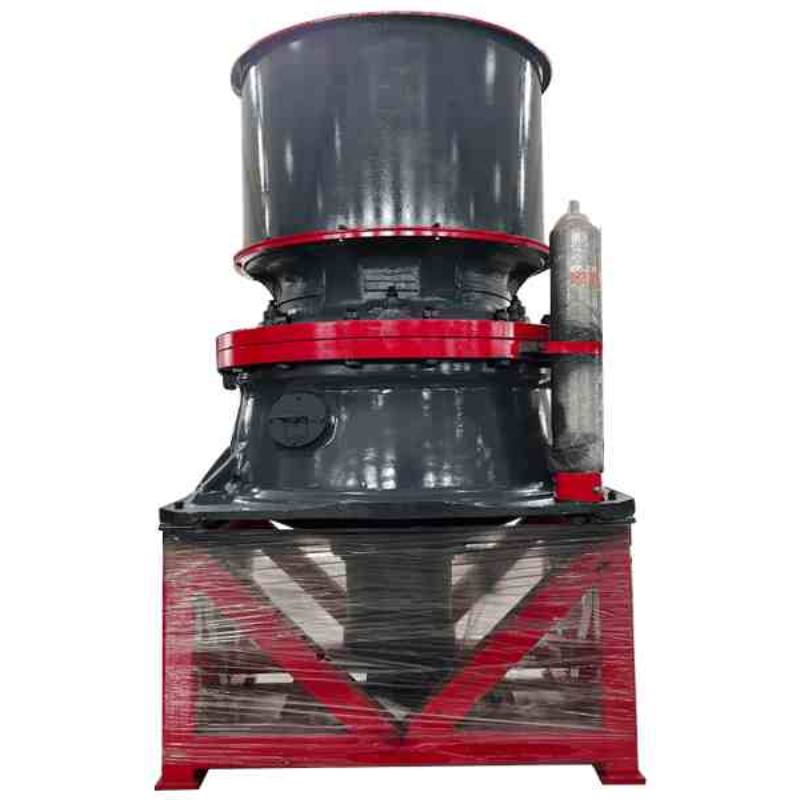
Copper-nickel sulfide ores are mostly vein-like or stained deposits, with high hardness (Mohs hardness of 5-7), complex composition (containing nickel pyrite, chalcopyrite and hard gangrene such as quartz and feldspar), and significant differences in the particle size of the raw ore (ranging from tens of millimeters to hundreds of millimeters). Two core demands need to be met in the crushing stage:
- Precise particle size control: The crushed ore must reach ≤20mm to meet the feeding requirements of subsequent grinding equipment, avoiding low grinding efficiency, overgrinding or undergrinding due to uneven particle size.
- Balance efficiency and stability: The mining volume of copper-nickel sulfide ores is usually large, so the crushing equipment needs to have the characteristics of large processing capacity and low failure rate, while also adapting to the wear of hard ores on the equipment and reducing operation and maintenance costs.
Based on this, the two-stage closed-circuit process of "jaw crusher (coarse crushing) + cone crusher (fine crushing) + vibrating screen" becomes the optimal choice. The vibrating feeder screens out the products that meet the crushing requirements in size, while the oversized ones are returned to the cone crusher. Vibrating screens are usually placed after cone crushers.
How Jaw Crusher Works?
The working mode of this series of crushers is driving extrusion type. The specific process is as follows:
- The motor drives the belt and pulley, and the movable jaw moves up and down through the eccentric shaft.
- When the movable jaw rises, the angle between the toggle plate and the movable jaw becomes larger, thus pushing the movable jaw plate to approach the fixed jaw plate. At the same time, the material is crushed or split to achieve the purpose of crushing.
- When the movable jaw moves downwards, the included angle between the toggle plate and the movable jaw becomes smaller. The movable jaw plate leaves the fixed jaw plate under the action of the pull rod and the spring, and the crushed material is discharged from the lower opening of the crushing cavity.
Jaw Crusher Specifications Table
| Model | Feed Opening (mm) | Max. Feeding Size (mm) | Discharge Opening Range (mm) | Capacity (t/h) | Eccentric Shaft Speed (r/min) | Motor Power (kw) | Overall Dimensions (L×W×H) (mm) |
|---|---|---|---|---|---|---|---|
| PE 150×250 | 150×250 | 125 | 10-40 | 1-3 | 268 | 4P 5.5 | 760×700×860 |
| PE 200×300 | 200×300 | 180 | 15-50 | 2-6 | 260 | 4P 7.5 | 915×780×990 |
| PE 200×350 | 200×350 | 180 | 18-60 | 3-10 | 276 | 4P 11 | 1000×914×1112 |
| PE 250×400 | 250×400 | 210 | 20-70 | 5-21 | 300 | 6P 15 | 1100×1032×1285 |
| PE 400×600 | 400×600 | 340 | 40-100 | 16-64 | 270 | 6P 30 | 1623×1736×1615 |
| PE 500×750 | 500×750 | 425 | 50-100 | 40-110 | 268 | 6P 55 | 1920×1850×1920 |
| PE 600×750 | 600×750 | 500 | 150-200 | 80-240 | 268 | 6P 55 | 2020×1850×1920 |
| PE 600×900 | 600×900 | 500 | 65-160 | 50-160 | 254 | 6P 55 | 2530×1900×2340 |
| PE 750×1060 | 750×1060 | 630 | 80-180 | 110-320 | 245 | 8P 110 | 2680×2380×2785 |
| PE 900×1200 | 900×1200 | 750 | 100-200 | 220-380 | 208 | 8P 110 | 3470×2876×3330 |
| PE 1200×1500 | 1200×1500 | 1020 | 150-350 | 400-1000 | 180 | 8P 160-245 | 4850×3220×3680 |
| PE 1500×1800 | 1500×1800 | 1200 | 220-350 | 500-1200 | 180 | 8P 280-380 | 5160×3660×4248 |
| PEX 150×750 | 150×750 | 120 | 18-48 | 8-25 | 320 | 4P 15 | 1170×1575×1030 |
| PEX 250×750 | 250×750 | 210 | 25-60 | 13-35 | 320 | 6P 22 | 1550×1730×1470 |
| PEX 250×1000 | 250×1000 | 210 | 25-60 | 16-52 | 330 | 6P 30 | 1580×2006×1390 |
| PEX 250×1200 | 250×1200 | 210 | 25-60 | 20-61 | 330 | 6P 37 | 1780×2214×1430 |
| PEX 300×1300 | 300×1300 | 250 | 20-90 | 16-105 | 300 | 6P 55 | 2210×2320×1723 |
Note: Capacity may vary depending on the material type, feed size, and other factors.
Cone Crusher working principle
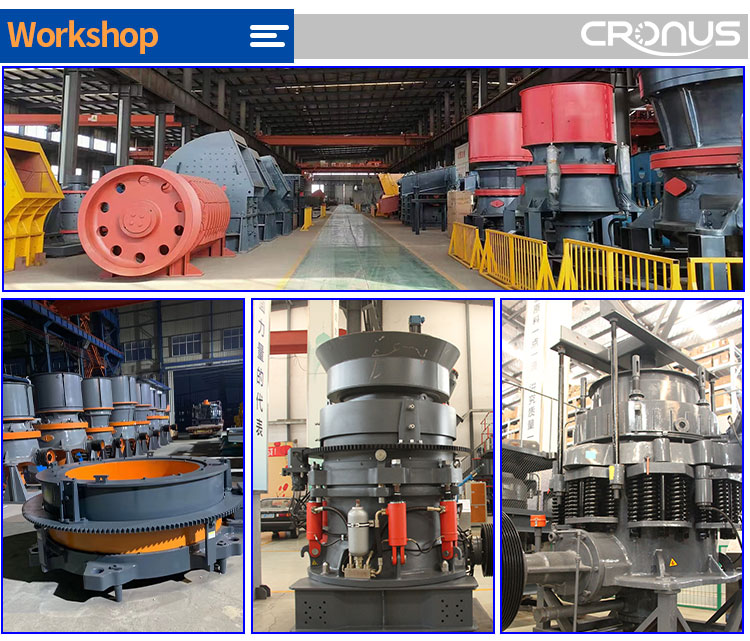
Feeding and Distribution: The material enters the crusher through the feed port and is distributed to the crushing chamber by the feed system.
Crushing and Crushing: Under the rotation of the eccentric shaft, the material is squeezed by the crushing cone and rubbed by the crushing shell to complete the primary crushing and secondary crushing, and the large pieces of material are gradually crushed into the required small particles.
Single-cylinder hydraulic adjustment: The size and shape of the crushing chamber are adjusted by a single-cylinder hydraulic system. By controlling the piston position of the hydraulic cylinder, the position of the crushing cone is adjusted to meet the requirements of materials of different particle sizes and shapes.
Finished product discharge: The crushed material is discharged through the discharge port to form the required finished product particles. The size of the discharge port can be accurately controlled by the hydraulic system to ensure the uniformity and quality of the finished product.
Sealing and dustproof: The equipment adopts an effective sealing device to prevent dust leakage during the crushing process and keep the operating environment clean and safe.
Stable operation and maintenance: During the entire working process, the GPD single-cylinder cone crusher has a stable structure and well-designed parts, which can operate stably for a long time. Regular maintenance and care of hydraulic systems and other key components can ensure efficient operation and long life of the equipment.
Parameters of Cone Crusher
| Parameters of Single Cylinder Cone Crusher | |||
| Model | GDP 300 | GDP 500 | GDP 800 |
|---|---|---|---|
| Cone base diameter (mm) | 1200 | 1650 | 2200 |
| Feeding Size (mm) | 220 | 300 | 350 |
| 150 | 230 | 290 | |
| 80 | 100 | 130 | |
| Discharge (mm) | 20-50 | 25-60 | 30-60 |
| 9-25 | 13-30 | 15-35 | |
| 5-13 | 7-14 | 8-15 | |
| Maximum feeding size at the cone bottom (mm) | 165 | 240 | 300 |
| 130 | 195 | 230 | |
| 70 | 85 | 110 | |
| Capacity (t/h) | 90-260 | 210-480 | 600-1000 |
| 45-120 | 128-280 | 350-680 | |
| 40-100 | 100-200 | 260-400 | |
| Motor Model | Y315M2-6 | Y315M2-6 | Y400-6 |
| Power (kW) | 220 | 315 | 400 |
| Voltage (V) | 380 | 380 | 380 |
| Rotation speed (r/min) | 300 | 250 | 160 |
| Lubrication station capacity (L/min) | 63 | 125 | 250 |
| Dimensions H (m) | 3.14 | 4.1 | 5.4 |
| 3.1 | 4.04 | 5.4 | |
| 3.06 | 3.99 | 5.4 | |
| Dimensions L (m) | 3.95 | 3.37 | 4.7 |
| Dimensions W (m) | 1.9 | 2.6 | 3.6 |
| Weight (t) | 19 | 37.1 | 77.9 |
| 18.6 | 37 | 77.1 | |
| 18.6 | 36.9 | 76.8 | |
In conclusion
the jaw crusher and single-cylinder cone crusher are the "cornerstone equipment" for the efficient crushing of copper-nickel sulfide ores, and their stable performance and precise particle size control directly determine the efficiency of the entire processing line that match your production capacity, ore hardness, and particle size requirements, please feel free to contact us at Cronus.
We not only provide equipment that strictly complies with industrial processing standards—each machine undergoes rigorous quality testing to ensure wear resistance, high handling capacity, and low failure rates—but also offer customized solutions tailored to your specific project conditions, such as equipment selection guidance, process matching optimization, and after-sales maintenance support.

